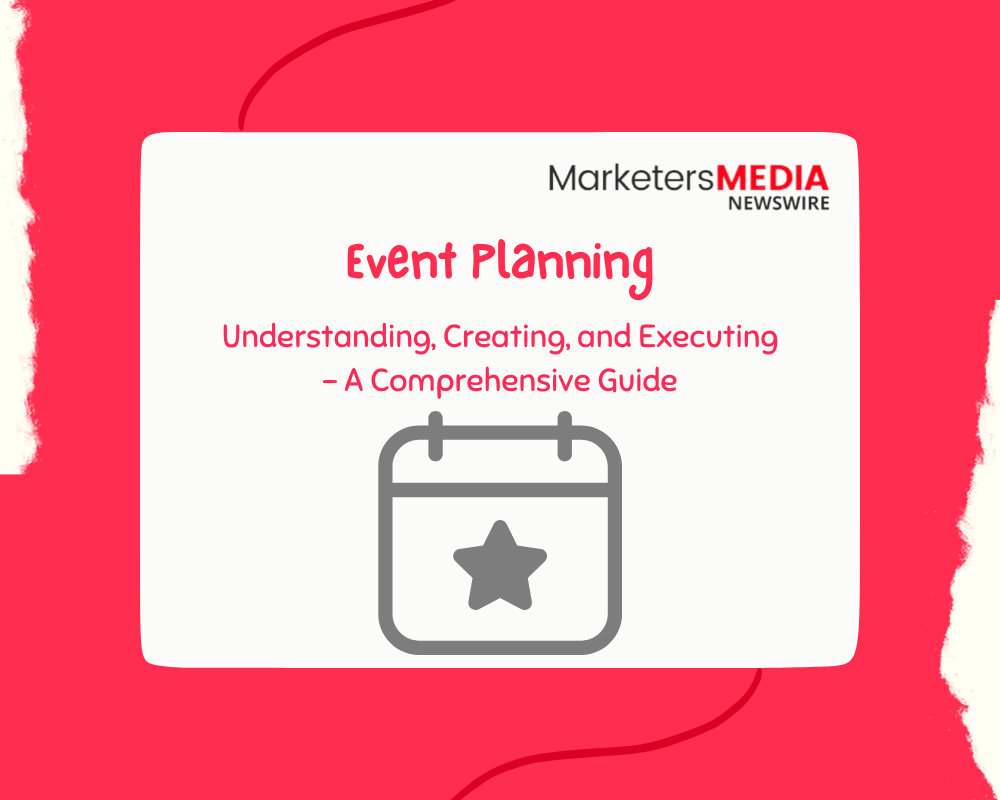Most people think branding and brand building are the same thing. They're not.
Branding is the visual stuff—your logo, colors, fonts, and tagline. Brand building is the strategic work that shapes how people think and feel about your company.
When Nike redesigns their logo, that's branding. When they consistently champion athletes who overcome obstacles, that's brand building. The logo catches your eye, but their message builds lasting loyalty.
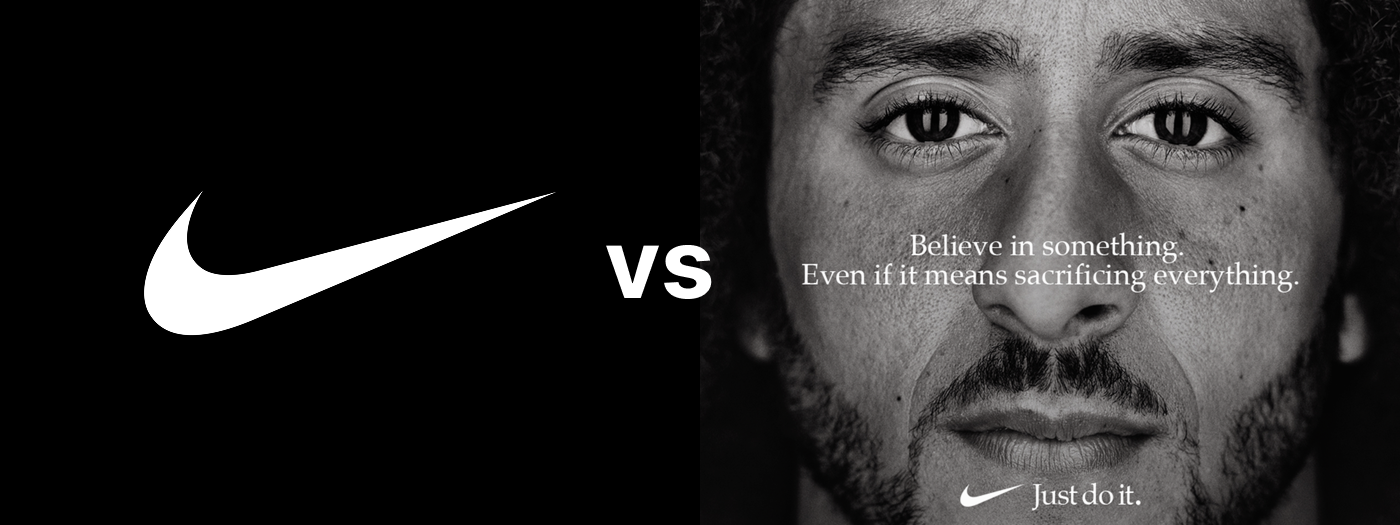
This confusion costs businesses real money. Companies spend thousands on new logos while ignoring the deeper work of building meaningful connections with customers.
Understanding this difference changes everything about how you approach marketing.
So, what does brand building actually mean?
What is Brand Building
Brand building is the ongoing process of creating positive associations with your company in people's minds.
Every interaction someone has with your business either strengthens or weakens your brand. Your customer service response. Your pricing decisions. The causes you support. The way your employees treat customers.
These experiences accumulate over time to form your brand reputation.
Think of Patagonia. Their environmental activism builds stronger brand associations than any advertisement could. Customers don't just buy jackets—they buy into a set of values.
Brand building encompasses your company values, customer experience, pricing strategy, and company culture.
The goal is creating such clear and positive associations that customers choose you even when competitors offer similar products at lower prices.
Why Brand Building Matters
Strong brands create competitive advantages that are nearly impossible to replicate.
First, brands enable premium pricing. Starbucks charges three times more than gas station coffee because customers value the experience, not just the caffeine. The coffee beans might be similar, but the brand perception justifies the price difference.
Second, brands create customer loyalty that withstands competitive pressure. When Apple releases a product with issues, loyal customers give them the benefit of the doubt. When competitors offer better features, Apple customers often stick with what they know.
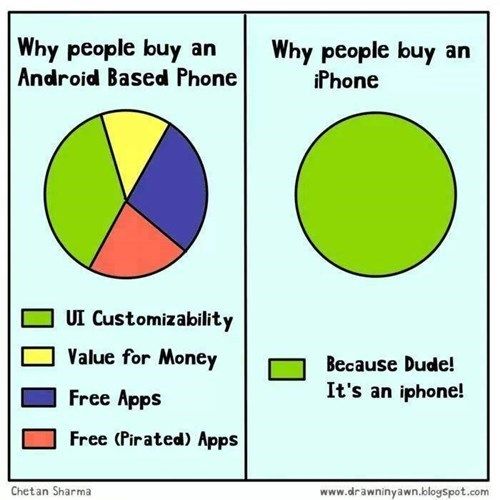
Third, strong brands make marketing more efficient. When people already trust your brand, they're more receptive to your messages. You spend less time convincing people to pay attention and more time explaining why your solution fits their needs.
Brand building also creates internal alignment. When employees understand what the brand represents, they make decisions that reinforce your marketing efforts. Customer service reps, product developers, and salespeople all become brand ambassadors.
Finally, brands provide resilience during difficult periods. Companies with strong brands recover faster from crises, economic downturns, and competitive threats. Their reputation gives them room to make mistakes and time to adapt.
The Core Elements of a Strong Brand
Building a strong brand requires getting several foundational elements right.
Brand Purpose and Values
Your brand purpose explains why your company exists beyond making money. This purpose should solve a real problem or create meaningful change in the world.
For example, Warby Parker exists to make prescription eyewear affordable and accessible. This purpose drives their pricing strategy, their try-at-home program, and their buy-a-pair-give-a-pair initiative.

Your brand values are the principles that guide how you achieve your purpose. These become decision-making filters for partnerships, product development, and marketing approaches.
But values only matter if you actually follow them. Customers can tell when values are just marketing copy versus genuine beliefs that influence business decisions.
Target Audience Understanding
You cannot build a brand for everyone. The strongest brands have deep understanding of who they serve.
This goes beyond demographics to include psychographics. What motivates your audience? What do they value? How do they make purchasing decisions? What other brands do they trust?
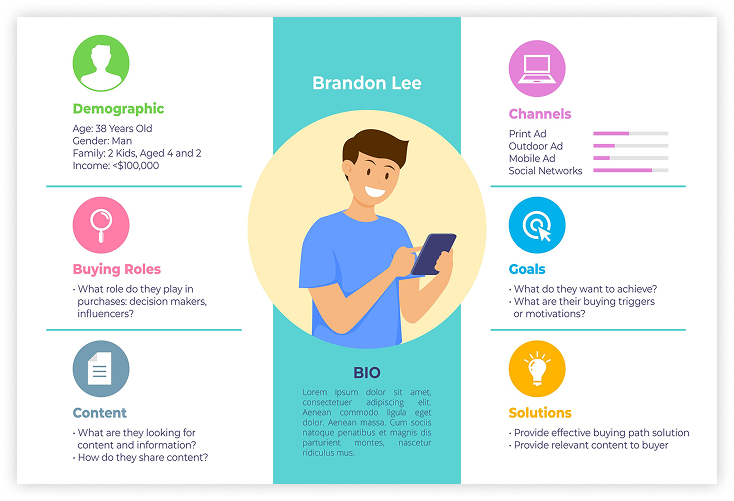
Customer understanding requires ongoing attention. Preferences evolve, new segments emerge, and successful brands adapt while maintaining their core identity.
Brand Personality and Voice
Your brand personality consists of the human characteristics you'd assign to your brand if it were a person.
Sophisticated or approachable? Innovative or reliable? Playful or serious?
This personality shows up in your brand voice—how you communicate across all channels.
For instance, Wendy's sassy, irreverent voice reflects their bold personality. This voice stays consistent whether you're reading their social media posts or website copy.
Okay we lied (kinda) but also Strawberry, Brownie Batter, and Caramel Frosty Swirls! https://t.co/3rC3oIORjZ https://t.co/kKUsoFofPF pic.twitter.com/cMj5lYqypC
— Wendy’s (@Wendys) April 11, 2025
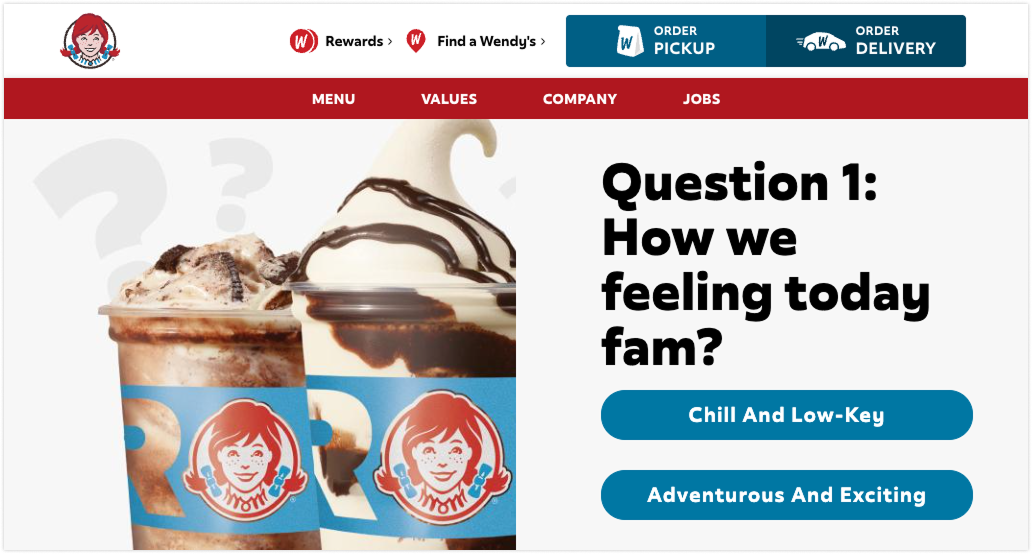
Your voice should feel natural for your team to use and authentic to your brand purpose. Forced personality traits come across as fake and damage credibility.
Visual Identity
Your visual identity includes your logo, color palette, typography, imagery style, and overall design aesthetic. These elements should reinforce your brand personality and values.
Visual consistency helps with recognition, but design choices also communicate meaning. Colors evoke emotions. Typography suggests personality traits. Imagery choices reflect values.
When visual elements align with your brand strategy, they become powerful tools for building the right associations in customers' minds.
Unique Value Proposition
Your value proposition articulates what makes you different and why that difference matters to your target audience. This goes beyond listing features to communicate the specific benefit you provide.
Dollar Shave Club didn't win with superior razors. They positioned themselves as the convenient, affordable alternative to overpriced drugstore options. Their value proposition was clear: great razors delivered to your door for much less money.
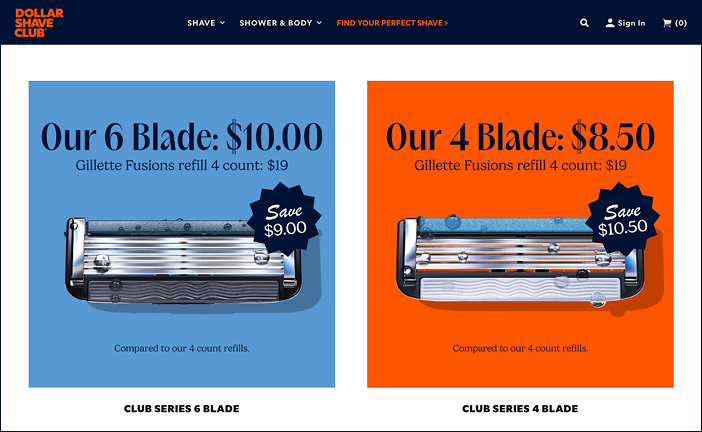
Your value proposition should be specific enough that customers understand exactly what they're getting and broad enough to allow for business growth.
How to Build Your Brand Step by Step
Step 1: Define Your Foundation
Start with the strategic basics:
- Why does your company exist?
- What problem do you solve?
- Who benefits most from your solution?
- What values guide your decisions?
This foundation work determines every other brand decision. Without clarity here, visual design choices become arbitrary and messaging becomes confusing.
Next, study your competitors.
- Who else serves your audience?
- How do they position themselves?
- Where are the gaps?
Knowing the competitive landscape helps you carve out a position customers actually care about.
Step 2: Develop Your Brand Strategy
Decide how you want to be perceived.
- What do you want people to associate with your brand?
- What personality traits describe your brand if it were a person?
- What tone of voice matches that personality?
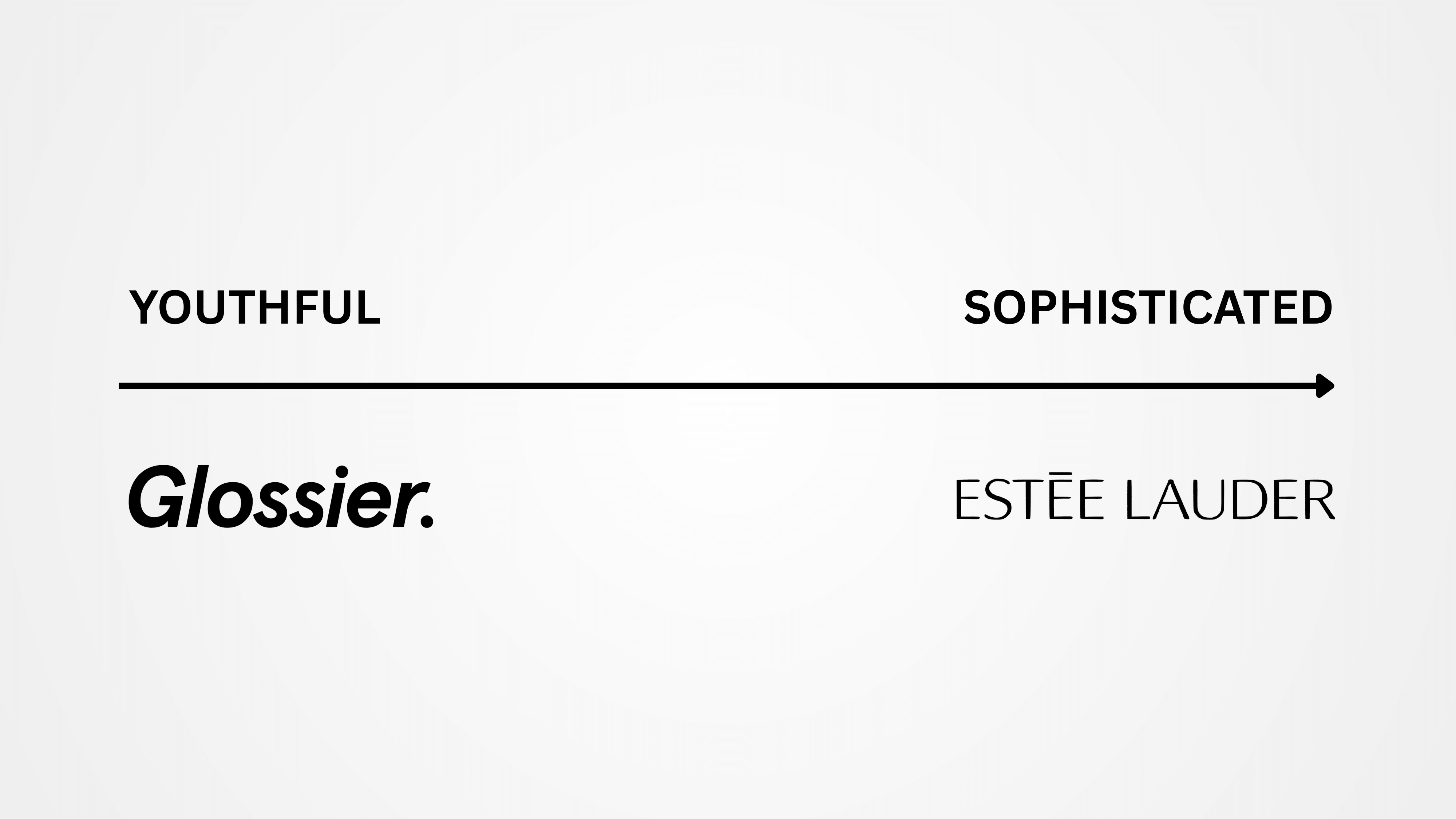
Then, craft a clear value proposition: What specific benefit do you provide that others don't? Why should someone choose you over alternatives?
The best strategies are authentic to your company culture and resonate with your ideal customers.
Step 3: Create Your Brand Identity
Design your visual identity to reflect your brand strategy. Your logo should reinforce your positioning. Your colors should evoke appropriate emotions. Your typography should suggest the right personality traits.
Next, develop your messaging framework: What are your key messages? How do you talk about your value proposition? What proof points support your claims?
Finally, document everything in brand guidelines that cover:
- Visual rules (logos, colors, spacing)
- Voice and tone examples
- Strategic principles to guide team decisions
Step 4: Implement Across Touchpoints
Audit every place customers interact with your brand:
Website, social media, packaging, customer service, sales process—each touchpoint should reinforce your brand strategy.
But consistency doesn't mean everything looks identical.
A LinkedIn post feels different from packaging design. But the underlying personality, values, and positioning should be recognizable.
Train your team on brand standards:
- Sales should clearly communicate your value proposition.
- Support reps should sound like your brand.
Everyone should know what the brand stands for.
Step 5: Launch and Amplify
Plan your brand launch strategically. Update your website, refresh marketing materials, or run campaigns that introduce your brand story.
Focus on channels where your target audience spends time and where you can maintain quality standards. Don't try to be everywhere at once.
Also, consider how to generate awareness efficiently. Public relations can tell your brand story. Content marketing can demonstrate expertise. Social media can show personality.
Step 6: Monitor and Refine
Brand building takes time, but it can—and should—be measured.
Start by tracking core brand performance metrics:
- Awareness: Do people know you exist?
- Perception: What do they think of you?
- Preference: Would they choose you over alternatives?
Use tools like brand awareness surveys, social media sentiment analysis, and customer loyalty metrics to get a clearer picture of how your brand is performing.
Establish baseline measurements and track how they change over time. Don’t expect overnight results—strong brands are built through consistency and learning.
And stay alert to shifts in the market. New competitors, evolving customer values, and cultural changes can all reshape brand perception. Your strategy should adapt accordingly.
Common Brand Building Challenges
Here are some predictable obstacles that come with building a strong brand—and how to navigate them:
Maintaining Consistency Across Channels
One of the biggest challenges is keeping your brand consistent across every touchpoint. A social post, website visit, and customer support chat should all feel like they come from the same company.
Inconsistent experiences confuse customers and weaken brand trust. The solution? Clear brand guidelines—and team-wide training that ensures everyone is on the same page.
Getting Internal Alignment
Earlier, we talked about how internal alignment strengthens your brand. But achieving it is often a challenge.
It’s not enough for just the marketing team to know the brand story. Sales teams, support staff, developers—they all influence how the brand is experienced.
When different departments interpret your brand differently, customers receive mixed messages that undermine your marketing efforts.
Cross-team communication and brand onboarding are key to fixing this.
Measuring Brand ROI
Unlike performance marketing, where clicks and conversions are easy to track, branding builds value gradually—often in ways that aren’t immediately visible.
Executives want numbers. But brand perception, loyalty, and awareness don’t always show up in a dashboard.
That’s why it’s essential to define brand-specific KPIs from the start. These might include:
- Share of voice
- Sentiment analysis
- Branded search volume
- Net Promoter Score (NPS)
- Customer retention rates

Don’t wait for revenue jumps to prove your brand is working. Instead, track how people feel, talk, and behave over time.
Managing Complex Customer Journeys
Today’s customers rarely follow a straight path.
They discover your brand on TikTok, read a review on Google, visit your site, and then come back a week later via an email ad. Every step shapes their perception—even if you’re not aware it’s happening.
This complexity makes brand control difficult. You can’t force people down a funnel, but you can map key journeys and ensure each path leads to a coherent experience.
The solution?
Start by mapping your customer journeys. Use tools like Hotjar, GA4, or customer interviews to understand how people actually move through your brand ecosystem.
Then, identify the critical touchpoints—the ones that most influence trust, conversion, or drop-off. These are the moments where your brand either wins or loses attention.
Finally, align your teams around those key moments. Make sure your marketing, product, sales, and support teams understand the role they play in reinforcing your brand promise at each stage.
Brand perception is cumulative—built over time, across channels, through both major and minor interactions.
Preparing for Brand Crises
Strong brands inevitably face challenges that can damage their reputation. Having crisis management plans ready helps protect brand equity when issues arise.
This includes identifying potential risk scenarios, establishing clear communication protocols, and having response strategies ready for different types of problems.
Closing Thoughts
Brand building never truly ends. It's a commitment that requires consistent attention and patience.
Markets shift. Customer preferences evolve. Strong brands adapt their expression while staying true to their core identity.
Unlike performance marketing, brand building creates value that compounds over time. The trust you build today becomes the loyalty you rely on tomorrow.
And of course, building a great brand is only part of the journey. The next challenge is visibility.
This is where strategic distribution becomes crucial. MarketersMEDIA's network of 550+ media outlets, including AP News, Business Insider, and Benzinga, helps amplify your brand story to a potential reach of 5.9 billion people across 160 countries.
Brand building is a marathon, not a sprint. But when done right, it makes everything else you do more effective.
Free Press Release Template
Tell us where to send your PDF:






